Especially in the last century, we can say that we have established and developed civilization. However, the foundations of today’s civilization were actually laid thousands of years ago by the Sumerians in Mesopotamia. Let’s take a closer look at the Sumerian civilization, where we use their inventions in many subjects even today.
Today, we have a settled trade, city and legal system. According to many experts, this system was only fully formed in the last century. But when we skim through the dusty pages of history, the civilization as we know it was actually thousands of years ago, created by the Sumerians We see. sumerians, Thousands of years ago, they established a real civilization in what is now Iraq.
Civilization founded by the Sumerians Of course, it consisted of an extremely simple life system. However, it must be admitted that the first legal documents, city structures, trading system and scientific discoveries shaped today’s world. We can even say that they are ahead of us in some aspects. Laying the foundations of today’s civilization Sumerians We have told you all the details you need to know about it.
It all started with the non-Semitic peoples:
The Sumerian civilization was not built in a day. Before the city structure was formed, today’s Iraq is located within the borders of the country. In the region between the Euphrates and Tigris rivers Semitic peoples lived. The people of this region, also known as the Ubeydis, actually formed a basic structure and even influenced the Sumerian civilization. However, the Sumerians were founded by non-Semitic peoples.
When we take into account the Semitic peoples, we can say that the Sumerian civilization began to form in 4500 BC. The people who made up the real Sumerian civilization Coming from all over Anatolia and around 3300 BC, they established 12 city-states in the region that formed the civilization we call the Sumerians today.
Kish, Erech, Ur, Sippar, Akshak, Larak, Nippur, Adab, Umma, Lagash, Bad-tibira and Larsa were the names of these 12 city-states. Each the center of the city-state was surrounded by walls and the areas used for agriculture were outside this wall. We can say that they were the first versions of the castles that would establish the feudal system in Europe centuries later.
The Sumerians were ruled by democracy:
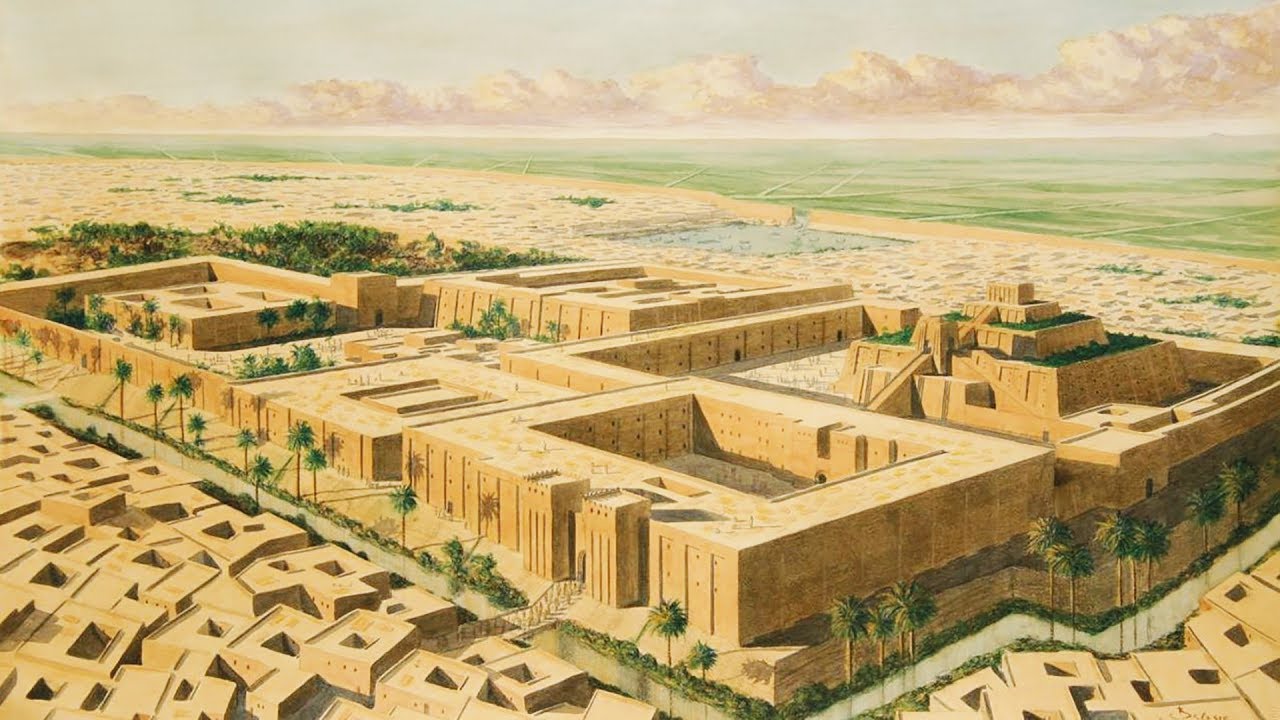
Of course, we are not talking about democracy as we know it today, but it is certain that the power is in the people. Because the people of the city, which consists of about 80 – 100 thousand people, can communicate directly with their managers. and because they held the production power in their hands, they had a say in the decisions taken. This situation disappeared as a result of the conflict of city-states with each other.
These city-states, which were established in a very close area, with different rulers and even gods, over time some they started to have conflicts. During the war, a strong leader is inevitably needed and this gives rise to the kingdom system. According to the records, about 8 kings ruled in the Sumerian civilization before the Great Flood.
After the Great Flood, between 2800 and 2300 BC, some kings began to unite the city-states one by one. Known as the most important of these kings Sargon for nearly a hundred years united all city-states under one rule. Although this situation changed later, he presented a management system that set an example for the entire Middle East region for that period.
When Sargon dies, the Sumerian civilization also comes to an end:
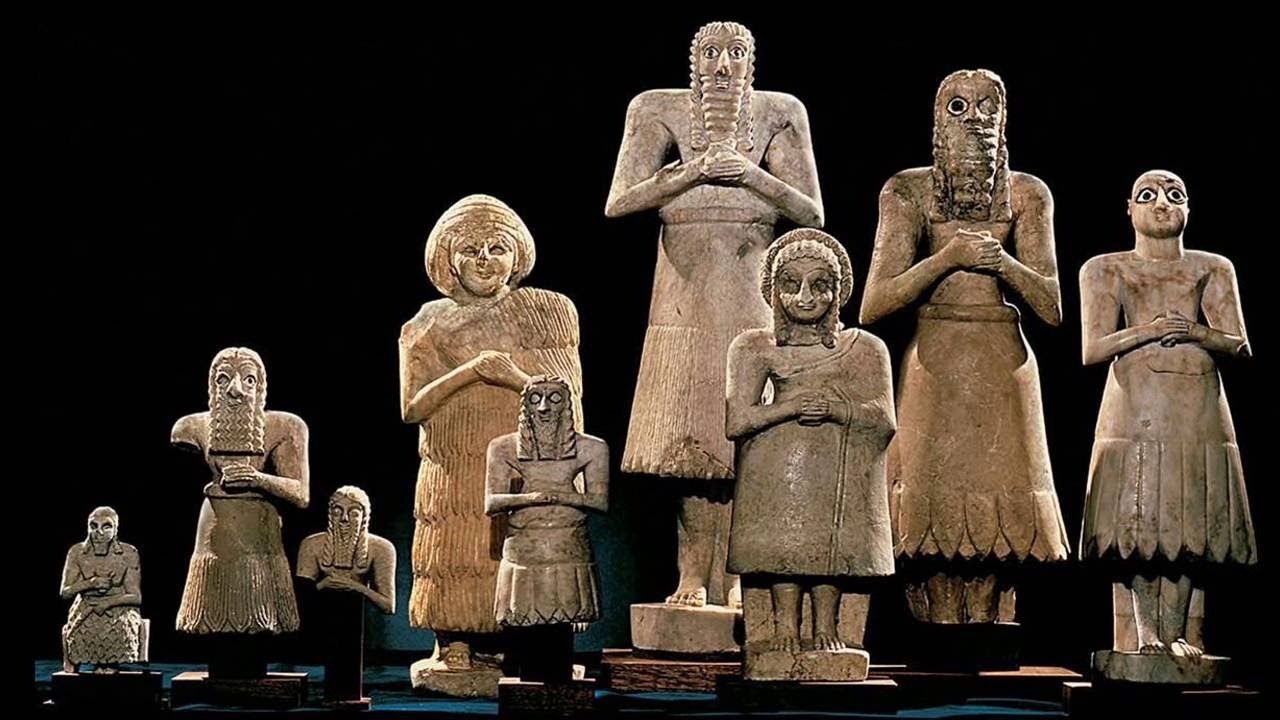
All good ends. When the dynastic period of King Sargon ended, the state began to lose power, as in all government systems dependent on a single leader. Seeing that it is a weak state, the people around uncivilized societies began to attack this region. The Sumerian civilization was also erased from the stage of history in this way.
After the Sumerian civilization collapsed, this region starting from 1900 BC It was taken over by many different societies, especially the Amorites and Babylonians, and other Semitic peoples. Culturally, the Semitic peoples began to take the lead. So much so that in a short time there was almost no trace of the Sumerian civilization being here. Until the beginning of the 19th century.
Completing the missing piece: exploring the Sumerian civilization
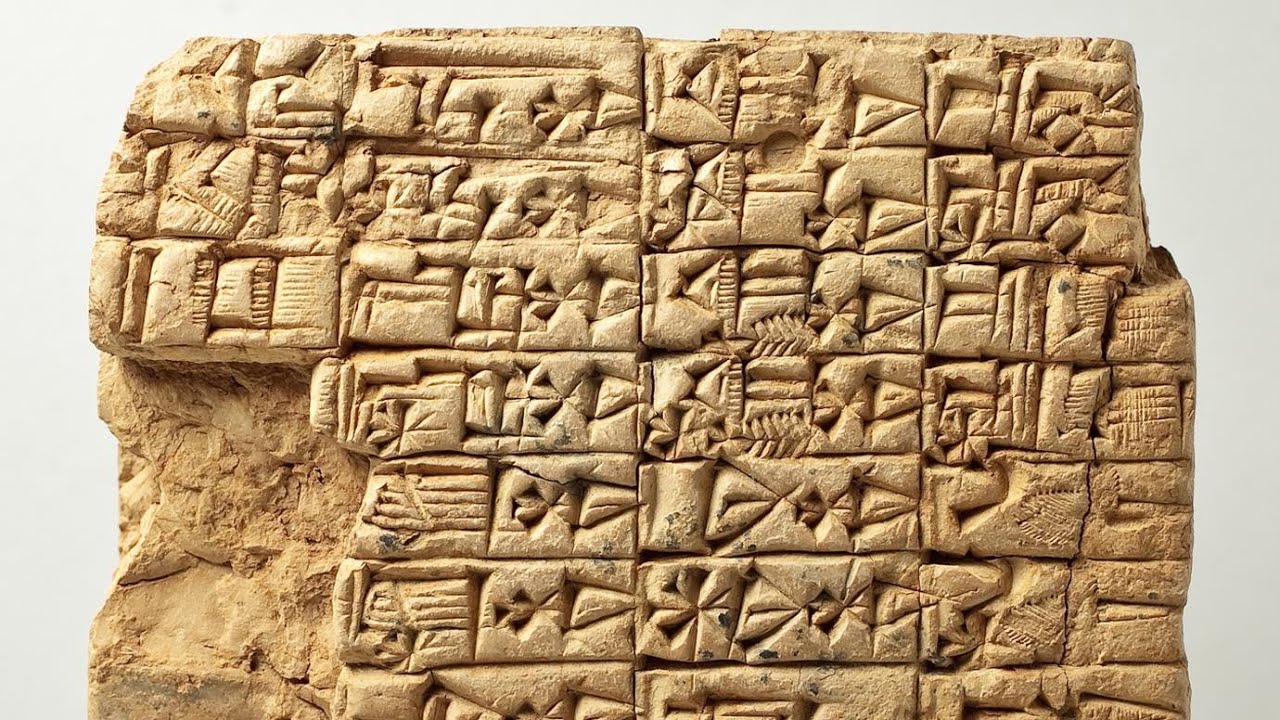
At the end of the seizure process, which started in 1900 AD, the Sumerian civilization began to disappear rapidly. Neither their language nor their culture remained. So much so that for thousands of years, people knew nothing about the Sumerians. The discovery of the Sumerian civilization took place in the early 19th century through studies.
British and French archaeologists investigating ancient Assyrian remains in the Mesopotamian region have found some artifacts unlike those of the Assyrians in the desolate areas of the Iraqi deserts. As the research deepened, the Sumerians, a mysterious civilization until that day, emerged. Sumerian writings deciphered, artifacts examined and finally the missing piece of Mesopotamian history was completed.
What did the Sumerians find, and why are they so important?
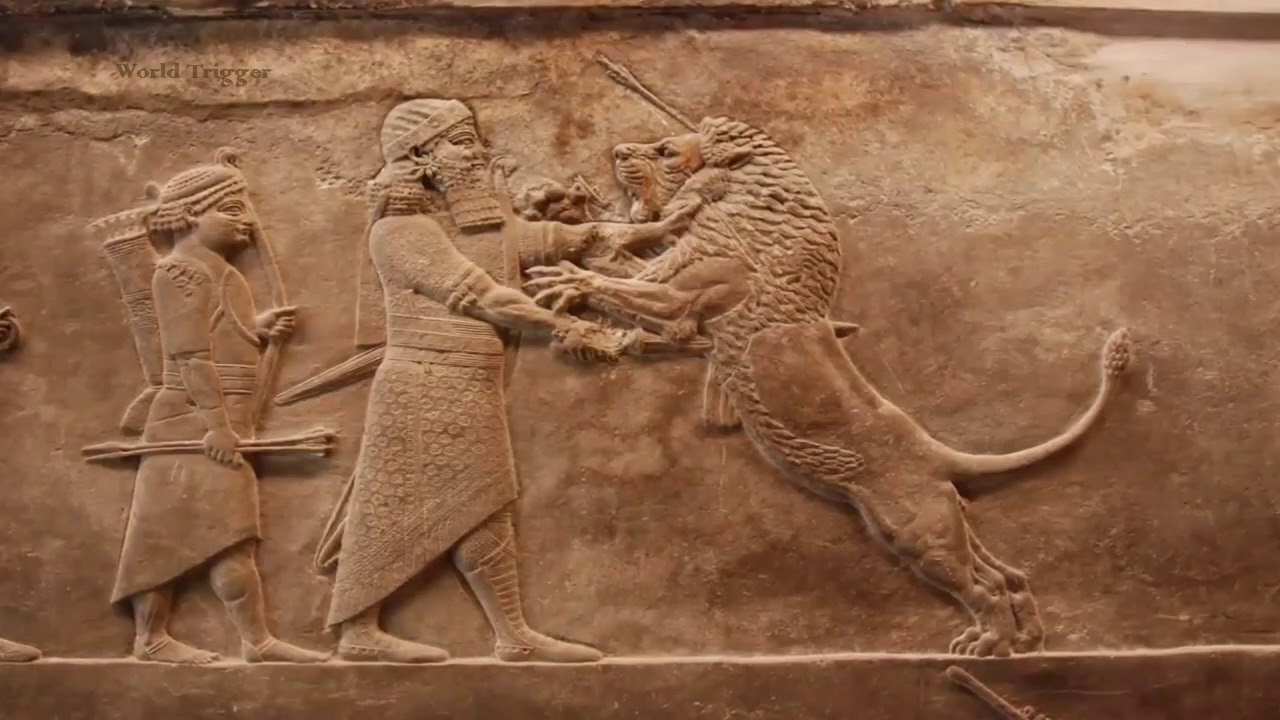
In its simplest definition, the Sumerians are the first system in which human communities who migrated from place to place until that day came together to form city-states. With this system the first rules of government, the first rules of law and the first social structure systems in the history of the world was created.
When so many people come together, of course, science and art studies also gain momentum. The Sumerians still use it today. They found the clock system consisting of 60 seconds and 60 minutes. Although there are sixty-one number systems, the decimal number system used in modern mathematics was also used by this civilization.
The Sumerians, who also found the 360-degree angle and the inch measurement system, also advanced in astronomy It was a society. Besides all this, the Sumerians used wheeled chariots and filled clay tablets with cuneiform; they were working in metal, weaving and leather, dealing with pottery and creating the world’s first works of art by using religious motifs on all these. What else?
Sumerian civilization in brief:
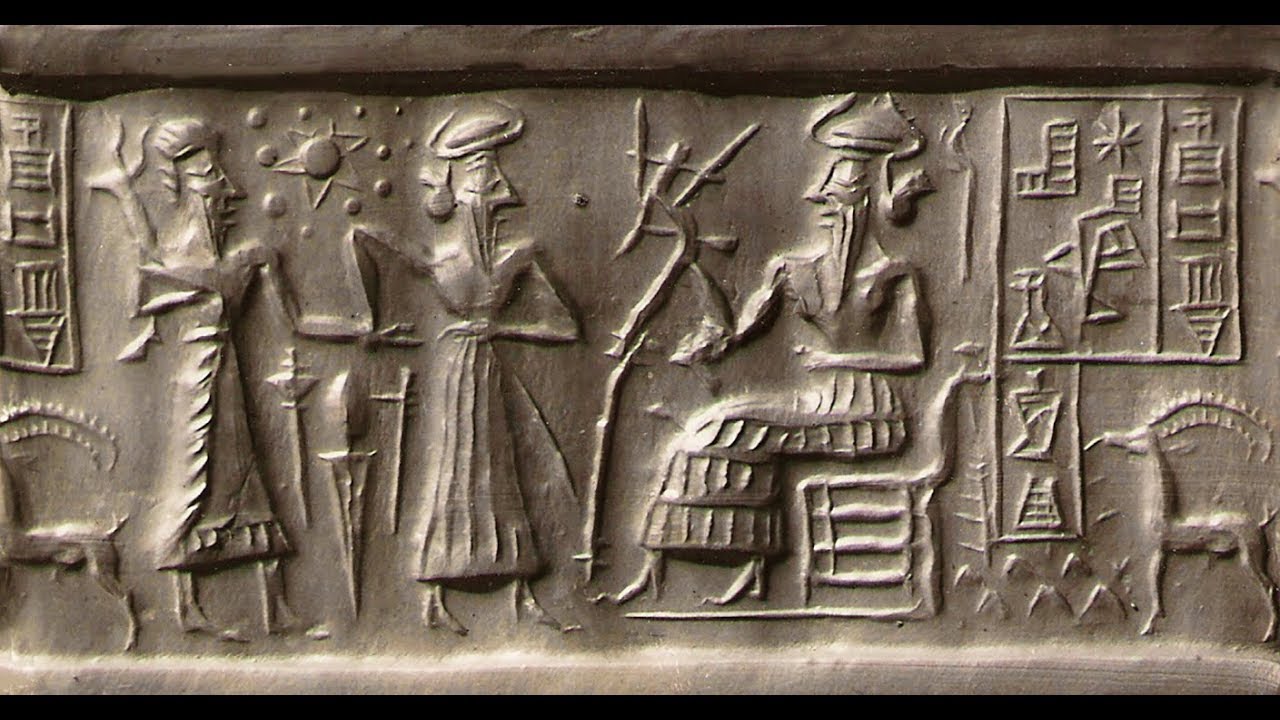
- The population of the Sumerian city-states ranged from 80 to 100,000 people.
- According to an excavated King List, one of the Sumerian kings was a woman.
- The Sumerian city-states often fought among themselves.
- The Sumerians made beer with a barley-based brewing system and consumed it heavily. They even have a beer goddess named Ninkasi.
- The Sumerian cuneiform system has been used for over 3,000 years.
- The Sumerians also took important steps in trade and traded with almost all societies.
- The people described in the Epic of Gilgamesh are the Sumerians.
- It is estimated that the Tower of Babel in the Bible is the ziggurat in the city of Eridu.
- The houses in the city-states were built with bricks, which were used for the first time in history.
Laying the foundations of today’s civilization thousands of years ago We told you what you need to know about the Sumerian civilization and what did the Sumerians find? Who knows, maybe we can find new and much more advanced civilizations as we dig into the desolate parts of the world.
